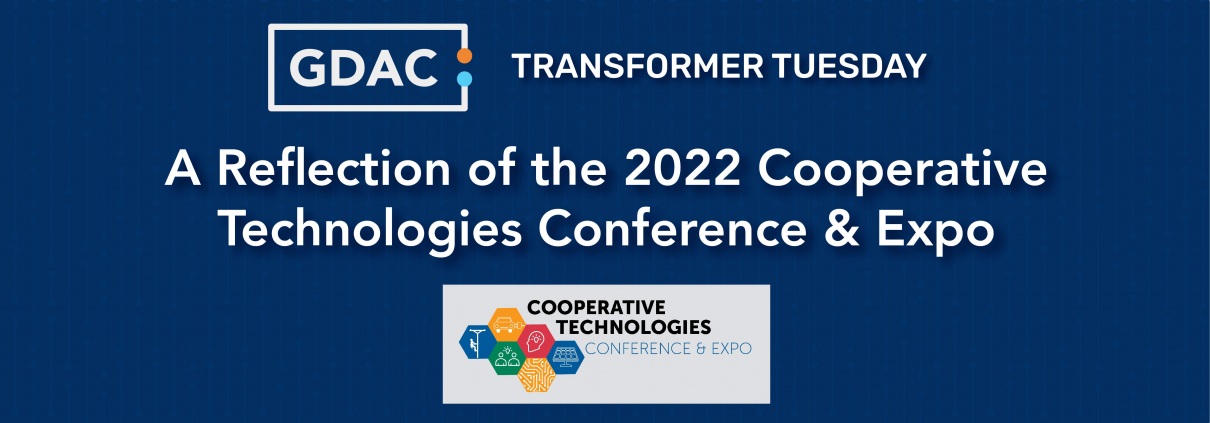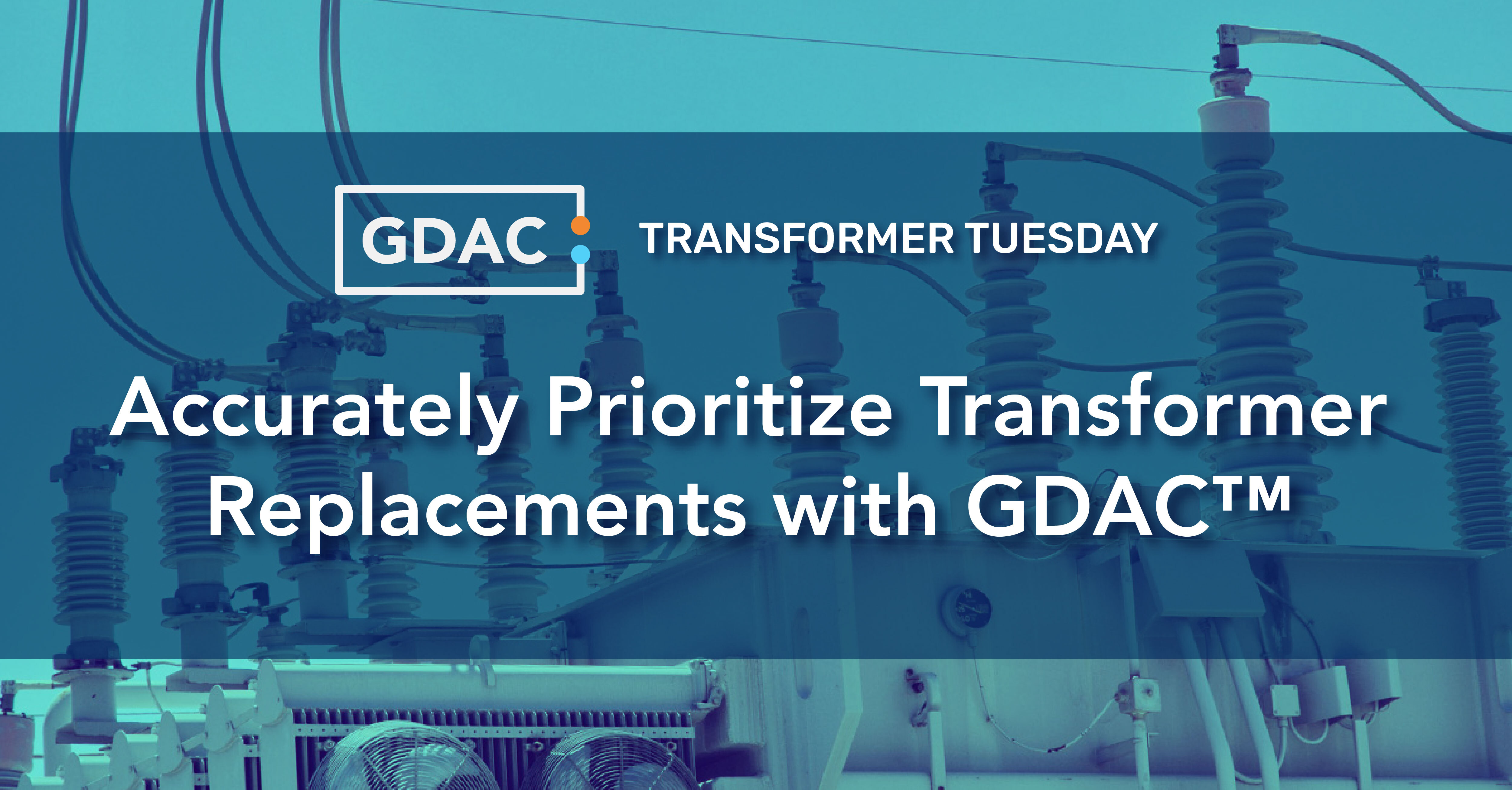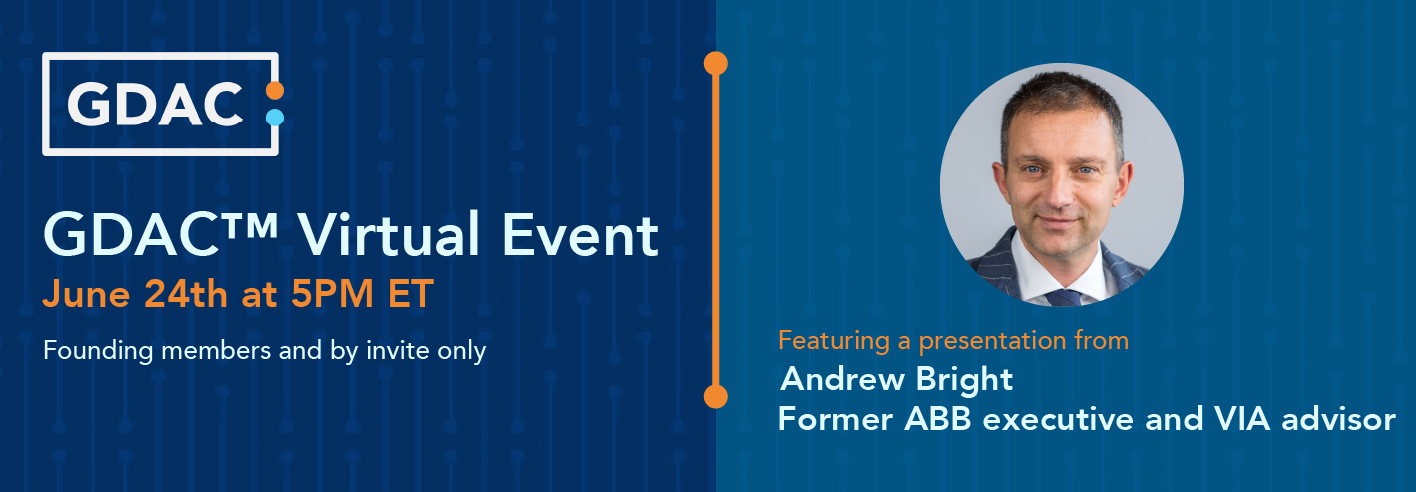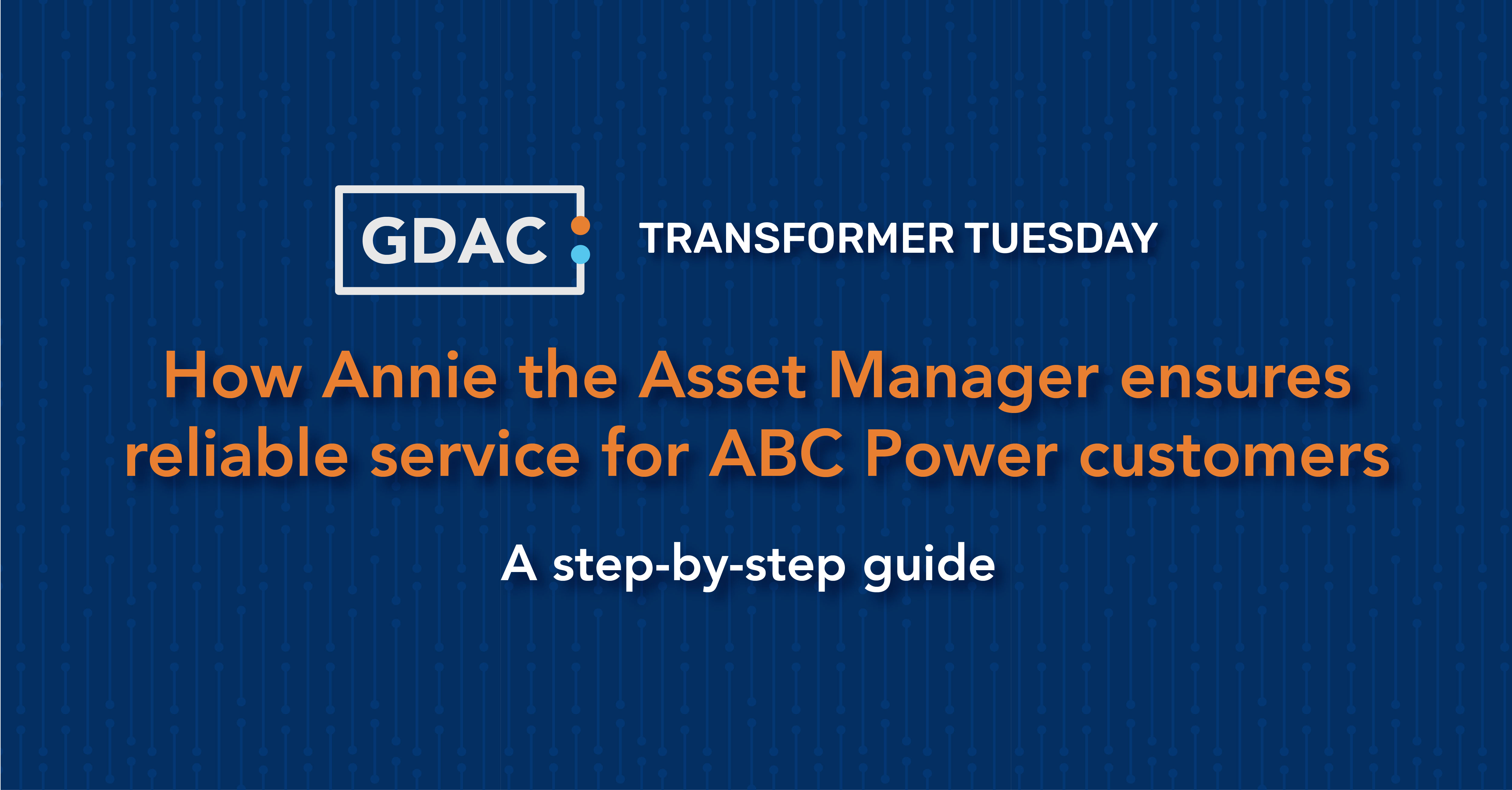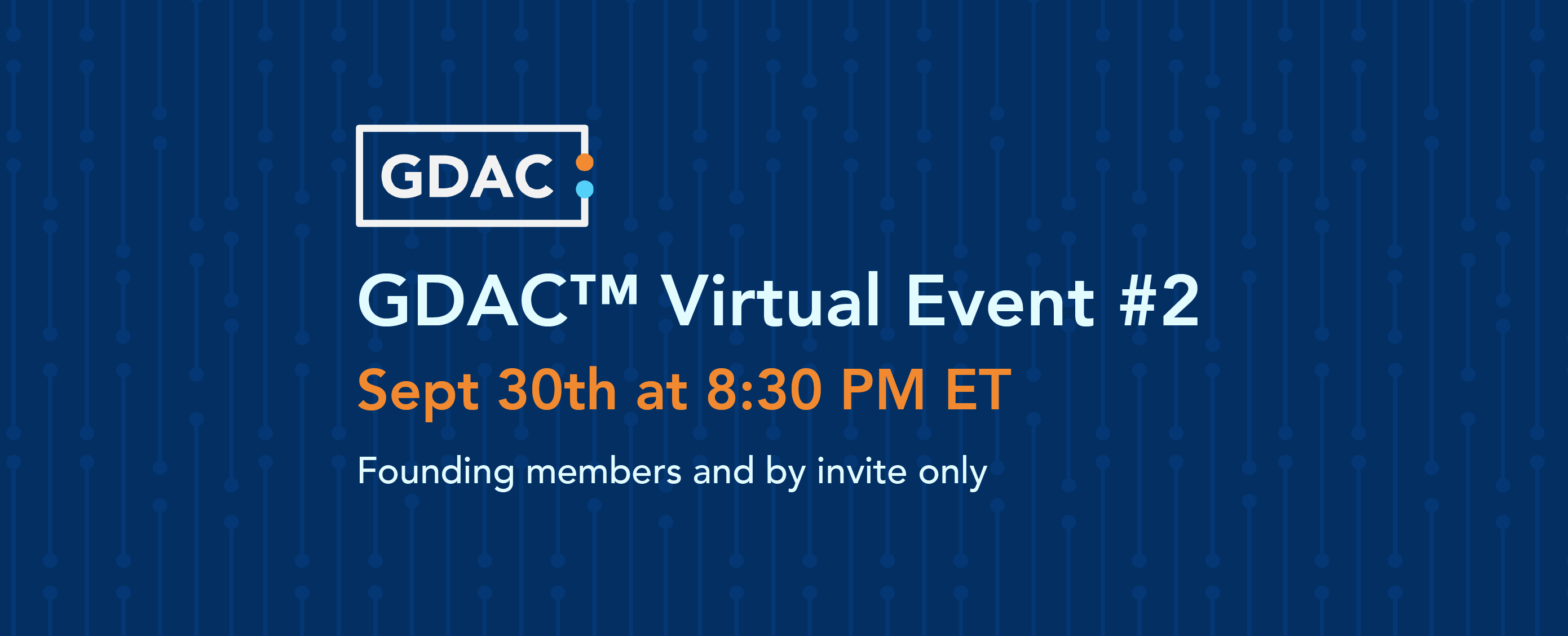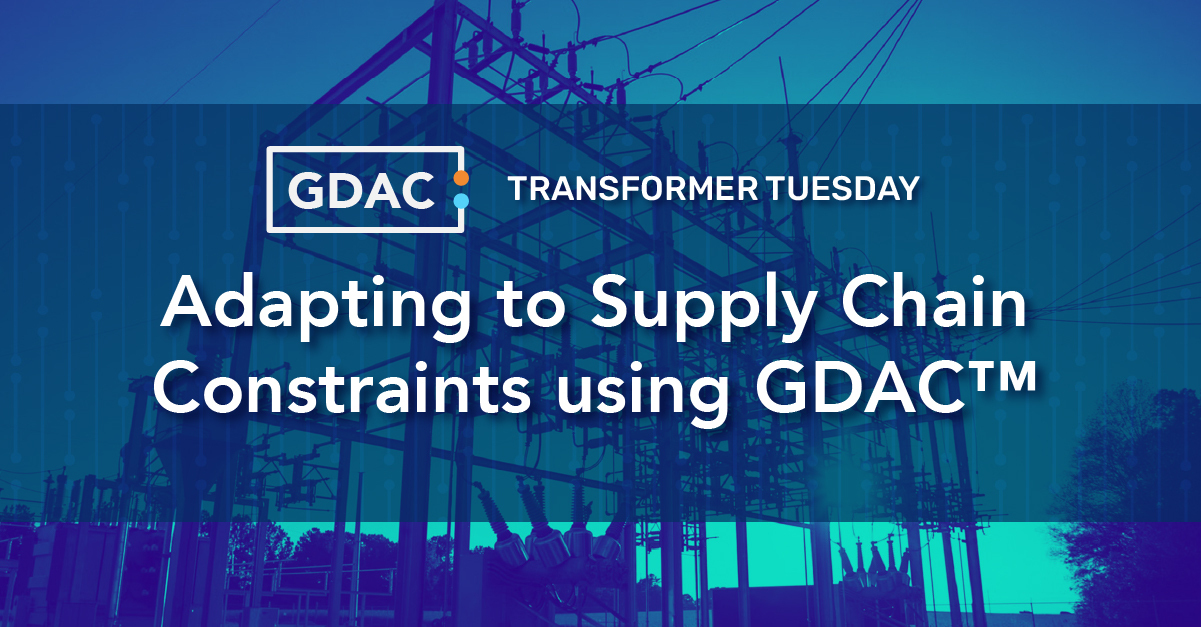Transformer Tuesday: A Reflection of the 2022 Cooperative Technologies Conference & Expo
This is the eighth installment of our blog series, “Transformer Tuesday,” brought to you by VIA’s Will Chapman. In this series, we’ll address how leading utilities use VIA’s GDAC™ solution to manage their substation transformers with greater ease, insight, and cost effectiveness.
Last week, I traveled to Myrtle Beach, South Carolina for the 2022 Cooperative Technologies Conference & Expo (CTCE) hosted by North Carolina’s Electric Cooperatives.
This trip was VIA’s first time attending CTCE. We were excited to have the opportunity to learn more about electric cooperative challenges and needs in the southeastern region of the United States. I also led a talk on how cooperatives can use data, data analytics, continuous collaboration, and planning to help them address threats to substation transformer reliability.
Coincidentally, I was pleased to hear that many of the key themes from my talk were also expressed in other presentations and panel discussions at CTCE as well.
The Need to Collect and Analyze More Data
A topic near and dear to VIA, smarter and more consistent data collection, was one that was heard through the conference. Kicking off with the breakout session titled, “Predictive Maintenance for Resilience and Safety” included a case study of an electric cooperative that used Internet of Things (IoT) technology to curate data points that they could then use for analysis to ensure reliability and safety.
Speakers referenced the impacts that increased electricity demand and electric vehicles have on engineering and substation design. Cooperatives emphasized the use of data analytics to not only be more aware of where their power capacity currently stands, but to leverage the insights to meet future capacity demands.
The Need to Closely Collaborate
It became clear by midday that the need to collaborate was essential when solving current network challenges. To paraphrase one of the panel discussion speakers that illustrated the challenges of transitioning to a net-zero emission path, “the ensuing energy transition is a lot like rebuilding an airplane already flying in the air.”
There will be plenty of uncertainty when tackling these challenges. However, panel speakers were clear that cooperatives need to work closely with their respective associations, members, employees, vendors, legislators, and system operators to ensure reliable and affordable electricity in the future.
The Need to Plan
Finally, the need to plan was an overarching point raised in several sessions. Planning comes with numerous challenges of its own, however. But, these skills are essential when cooperatives are required to think about expanding their power capacity to support new substation plan designs and the rapid adoption of electric vehicles in their regions.
The GDAC™ Advantage
These themes are not only fundamental to ensuring grid reliability, but they all happen to be key ingredients in GDAC™. With GDAC™, individual utilities can use continuous collaboration to:
- Overcome predictive analytics limitations due to limited quantities of data on hand
- Accurately assess transformer health condition changes by learning from the experiences of other utilities
- Perform multi-utility benchmark comparisons to deepen their understanding of transformer health
GDAC™ helps utilities to better plan and take the appropriate course of action to provide reliable electricity service.
Overall, I’m excited to attend next year’s CTCE. Kudos to the North Carolina Electric Cooperatives and the speakers for providing such a wonderful learning experience for VIA!
Curious to learn more about the collaborative nature of GDAC?
Please reach out to me on LinkedIn or complete a contact us form on our website.

